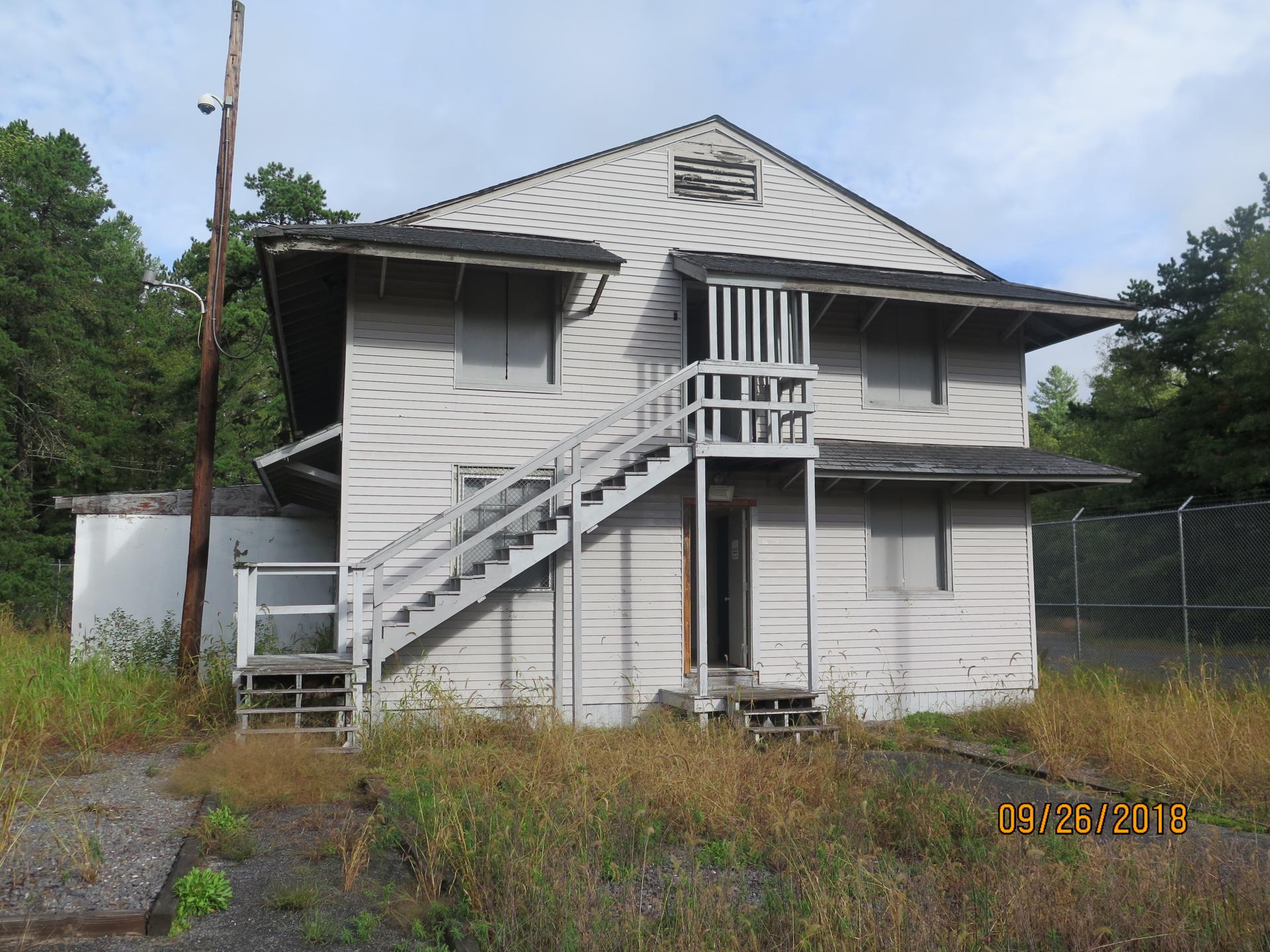Phase I Environmental Assessment/Environmental Condition of Property - U.S. Army Corps of Engineers/U.S. Army
Back to ProjectsIn 2019, CEI conducted an Environmental Condition of Property (ECP) for the U.S. Army Corps of Engineers and the U.S. Army for one of their military research complex and installation owned sites located in the Northeast. The ECP was conducted in conjunction with the future transfer of the property with an objective to gather and analyze existing data and information in accordance with the American Society for Testing and Materials (ASTM) D6008-96 (2014) Standard Practice for Conducting Environmental Baseline Surveys, ASTM D5746-98 (2016) Standard Classification of Environmental Condition of Property Area Types, United States Army Regulation (AR) 200-1 Environmental Protection and Enhancement, and AR 405-90 Disposal of Real Estate to classify the property into one of seven environmental condition of property (ECOP) area types. The objective of the ECP was to determine the presence or likelihood of a release or threatened release of any hazardous substance based on existing environmental information related to storage, release, treatment, or disposal of hazardous substances or petroleum products on the property and adjacent properties.
The primary purpose for the ECP report was to:
- provide the U.S. Army with information it may use to make real property exchange decisions;
- provide information about completed remedial and corrective actions at the subject site;
- assist in determining appropriate responsibilities, asset valuation, and liabilities with other parties to a transaction;
- assist prospective new owners in identifying recognized environmental conditions associated with the subject site;
- provide the public with information relative to the environmental condition of the subject site;
- assist federal agencies during the subject site screening process; and
- provide information for prospective buyers.
This large parcel historically supported residential, military training, and research activities with dozens of related structures constructed between the start of World War II through the later 1990’s. With many of these structures demolished by the mid-1960’s and no current tenants to interview, data gaps were present related to the previous use and activities in and around this area. Little to no additional information was available for these structures and associated activities related to building use, overall site activities, utilities, tank storage, floor drains/dry wells, asbestos/lead, and POL storage.
CEI identified the above historic use data gaps in addition to potential recognized environmental conditions including arsenic in soil related to previous pesticide use; ordinance and explosive questions; and the potential for hazardous building materials in existing structures including asbestos, PCBs, lead, and mold.
As a follow-on Task Order, CEI completed Phase II Environmental Assessment activities to help fill-in identified data gaps and will later develop a Finding of Suitability to Transfer (FOST) based on the Phase II conclusions.


